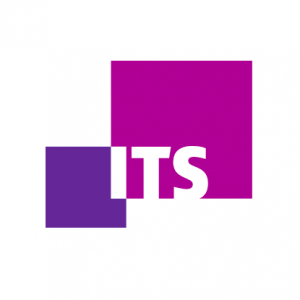theme
ITS Rio is creating and promoting a global network to challenge the dominant global narrative that views technology as a universally applicable force. Using technodiversity as a philosophical catalyst, our goal is to explore multifaceted forms of thinking about different technologies from the diverse socio-cultural contexts from which they emerge, rather than adhering to an all-encompassing “universal history.” Join us in imagining other forms of technological thought and development!
The Concept of Technodiversity
The concept of technodiversity provides a critical lens through which we can examine the prevailing discourse on digital technologies and their global impact. It challenges the dominant notion of a “universal history” that persistently portrays technology as a monolithic and universally applicable force, devoid of meaningful and nuanced cultural or historical context.
Think of it like biodiversity but for technology: just as discussions around biodiversity emphasize the variety of life forms, technodiversity reminds us to reflect on technological challenges from the standpoint of localities and cultural resources. This perspective can offer fresh and innovative solutions to what might otherwise be perceived as insurmountable obstacles. It encourages us to move beyond general, universal solutions and embrace a richer, more inclusive understanding of technology that is tied to local traditions and knowledge.
Technodiversity and Artificial Intelligence
Consider the example of Artificial Intelligence (AI). When it comes to this emergent technology, technodiversity offers a much-needed alternative to the prevailing narrative. Instead of racing towards a single, all-powerful, and universal AI, technodiversity encourages us to acknowledge and celebrate different kinds of intelligence and ways of thinking. This means that AI development should not focus on reaching “AI singularity” but on being mindful of the cultural and social contexts in which it operates. By doing so, we can create AI systems that truly serve the needs of diverse communities and respect their unique perspectives and values.

